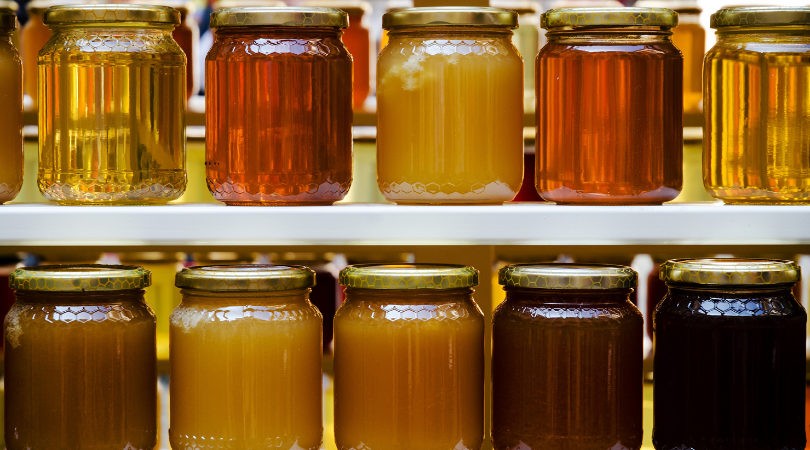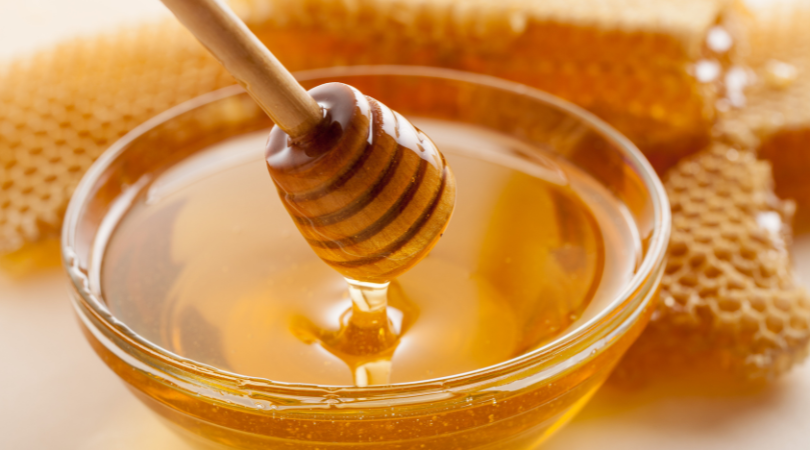In recent years, antibiotic therapies are becoming less and less effective due to increasing bacterial resistance. This has led to the need to find alternative or complementary solutions to treat bacterial infections. One of the natural remedies that has received the most attention from researchers for its antibacterial properties has been honey.
A recent study, published in May 2024 in Scientific Reports, examined how the storage time of honey can affect its morphology and antibacterial properties by analysing four varieties of honey from Hungary.
The study was conducted by Dr Marianna Kocsis and her team of researchers at the University of Pécs in Hungary. Specifically, they analysed four types of honey: acacia, solidago, linden and sunflower, collected in the years 2020, 2021 and 2022, to study how the age of honey can influence its effectiveness against respiratory pathogens.
The first step was to analyse the physical and chemical properties of the different honey varieties. Next, the researchers conducted laboratory tests to determine the minimum amount of honey required to inhibit the growth of various respiratory bacteria, including Haemophilus influenzae, H. parainfluenzae, Pseudomonas aeruginosa and Streptococcus pneumoniae. Finally, a special microscope was used to observe how honey affects the structure of bacterial membranes.
It was clear from the study that to maximise antibacterial properties, honey should be as fresh as possible. Older honeys, in fact, showed significantly less antibacterial activity than fresher honeys. The study also emphasised the importance of honey variety. Some types, such as lime and sunflower honey, showed significantly stronger antibacterial effects than other varieties.
In conclusion, the study sheds even more light on the known antibacterial properties of honey, opening up new perspectives for the development of natural and complementary therapies. The research underlines the importance of a scientific approach to the evaluation of different honey varieties and their effects on respiratory pathogens. These results encourage further investigation to fully understand honey’s mechanisms of action and to make the most of its therapeutic potential.
In a future increasingly oriented towards natural and sustainable solutions, honey could prove to be a valuable ally in the fight against antibiotic-resistant bacterial infections.

